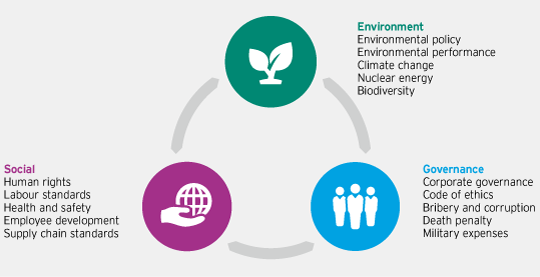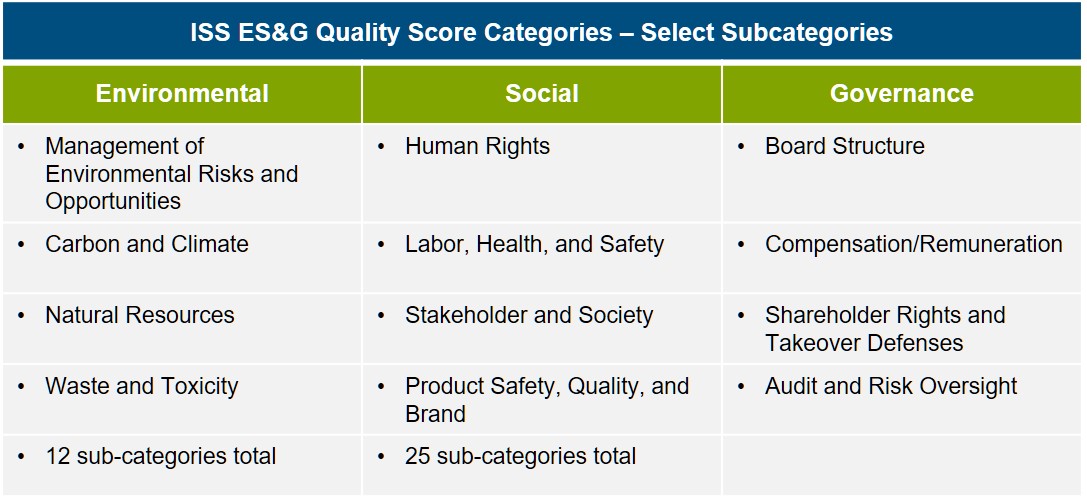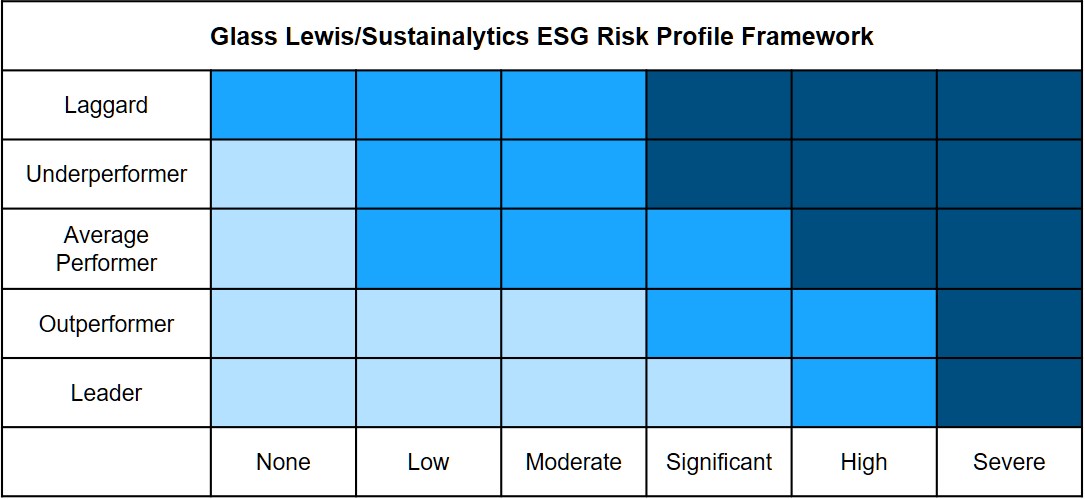Lors de mes consultations en gouvernance des sociétés, je constate que j’interviens souvent sur des problématiques communes à un grand nombre d’organisations et qui sont cruciales pour l’exercice d’une gouvernance exemplaire.
Aujourd’hui, j’aborde l’une des plus grandes difficultés qui confrontent les conseils d’administration : la gestion des relations de pouvoir entre le président du CA (et certains administrateurs) et la direction générale.
Dans des billets ultérieurs, je reviendrai sur plusieurs autres problématiques de gouvernance qui font l’objet de préoccupations par les conseils d’administration :
La clarification des rôles et responsabilités des principaux acteurs de la gouvernance : (1) conseil d’administration (2) présidence du conseil d’administration (3) direction générale (4) comités du conseil (5) secrétaire du conseil d’administration.
La composition et les rôles des comités du conseil soutenant la gouvernance : (1) comité de gouvernance et d’éthique (2) comité des ressources humaines et (3) comité d’audit.
La révision de la composition du conseil d’administration : nombre d’administrateurs, profils de compétences, types de représentation, durée et nombre de mandats, indépendance des administrateurs, etc.
La réévaluation du rôle du comité exécutif afin de mieux l’arrimer aux activités des autres comités.
L’importance du rôle du secrétaire du conseil eu égard à son travail, avant, pendant et après les réunions du conseil.
L’évaluation du processus de gestion des réunions du CA qui met l’accent sur l’amélioration de la dynamique d’équipe et la justification d’un huis clos productif et efficace.
La raison d’être d’un processus d’évaluation annuelle de l’efficacité du conseil et la proposition d’instruments d’auto-évaluation des administrateurs.
Les caractéristiques d’une bonne reddition de compte de la part de la direction générale.
L’intégration des nouveaux administrateurs afin de les rendre opérationnels rapidement.
L’adoption d’un code d’éthique des administrateurs exemplaire.
Le maintien de relations harmonieuses et continues entre le président du conseil et le directeur général est, selon mon expérience, absolument essentiel à l’exercice d’une saine gouvernance.
Selon de nombreux auteurs sur l’efficacité des conseils d’administration, il est important que le président ait la légitimité et la crédibilité requises pour gérer une saine tension entre les administrateurs et la direction générale de l’organisation.
Il n’y a pas de place pour la complaisance au conseil. Les administrateurs doivent bien comprendre que leur rôle est de veiller aux « intérêts supérieurs » de la société, et non aux intérêts propres à certains groupes de membres. Les administrateurs ont également la responsabilité de tenir compte des parties prenantes lors de leurs délibérations.
Le directeur général (DG) de la société est embauché par le CA pour gérer et exécuter la mission de l’organisation, en réalisant une stratégie liée à son modèle d’affaires. Lui aussi doit travailler en fonction des intérêts de la société, mais c’est la responsabilité fiduciaire du conseil d’administration de s’en assurer en mettant en place les mécanismes de surveillance appropriés.
La théorie dite de « l’agence », sur laquelle reposent les règles de gouvernance, stipule que le conseil d’administration représente l’autorité souveraine de l’organisation (puisqu’il possède la légitimité que lui confèrent les membres en assemblée générale).
Le CA confie à un DG qui, avec son équipe de gestionnaires, a la responsabilité de réaliser les objectifs stratégiques retenus. Les deux parties — le CA et la direction générale — doivent bien comprendre leurs rôles respectifs, et trouver les bons moyens pour gérer la tension inhérente à l’exercice de la gouvernance et de la gestion.
Les administrateurs doivent s’efforcer d’apporter une valeur ajoutée à la gestion en conseillant la direction sur les meilleures orientations à adopter, ainsi qu’en instaurant un climat d’ouverture, de soutien et de transparence propice à la réalisation de performances élevées.
Il est important de noter que l’organisation s’attend à la loyauté des administrateurs ainsi qu’à leur indépendance d’esprit face à la direction. Les administrateurs sont imputables envers la société. C’est la raison pour laquelle le conseil d’administration doit absolument mettre en place un processus d’évaluation de son fonctionnement et divulguer sa méthodologie.
De plus, il est important de noter qu’à l’instar des administrateurs, le président élu doit loyauté envers l’organisation et le conseil d’administration, et non envers les membres ou les actionnaires.
Les experts en gouvernance suggèrent que les rôles et les fonctions de président de l’organisation soient distincts de ceux du DG. Ils affirment que la séparation des fonctions entre la présidence et la direction générale est généralement bénéfique à l’exercice de la responsabilité de fiduciaire des administrateurs, c’est-à-dire que des pouvoirs différents permettent d’éviter les conflits d’intérêts, tout en assurant la légitimité du processus de gouvernance.
L’un des documents fondamentaux pour un président de CA est la publication » La présidence du conseil d’administration d’une société d’État » a été rendue possible grâce à l’appui du ministère du Conseil exécutif du Québec et des partenaires fondateurs du Collège des administrateurs de sociétés (CAS).
Dans ce document, très complet, on retrouve toute l’information essentielle concernant les rôles et les responsabilités des présidents de conseil, notamment à l’égard du directeur général. En voici la table des matières :
-
- Quel est le rôle du président envers le CA ?
- Quel est le rôle du président à l’égard des membres du CA ?
- Quel est le rôle du président d’un CA d’une société d’État à l’égard de son président-directeur général ?
- Quel est le rôle du président à l’égard du ministre responsable, de son ministère et des parlementaires ?
- Quelle est la responsabilité du président quant à la gouvernance du CA ?
- Le président a-t-il une responsabilité particulière quant à l’éthique de l’organisation ?
- Quelle est la responsabilité du président quant au recrutement, à l’accueil et au perfectionnement des membres du CA ?
- Comment le président peut-il planifier le travail du CA ?
- Quelle est la responsabilité du président quant à l’information fournie aux membres du CA ?
- Quelle est la responsabilité du président quant aux réunions du CA ?
- Quelle est la responsabilité du président à l’égard des comités du CA ?
- Quelle est la responsabilité du président relativement à la solidarité des membres et aux possibles dissensions au sein du CA ?
- Quelle est la responsabilité du président quant à la performance de l’organisation ?
- Quelle est la responsabilité du président du CA à l’égard de la représentation externe de l’organisation ?
- Le président a-t-il une responsabilité particulière à l’égard des risques et des crises ?
- Quelle est la responsabilité du président dans l’évaluation du conseil d’administration et du PDG ?
- Quelle responsabilité le président a-t-il dans la reddition de comptes tant externe qu’interne de son organisation ?
- Quelle est la responsabilité du président du CA quant à la relève éventuelle du PDG et à sa propre succession ?
- Quelles sont les caractéristiques personnelles et administratives d’un président de CA ?
Ce document présente toutes les définitions de fonctions de la présidence ainsi que tous les pouvoirs qui lui sont conférés. Il serait, à mon avis, essentiel que celui-ci serve de base à la rédaction du règlement général. Il pourrait en faire partie intégrante puisque ce texte a été conçu pour les présidents de conseil d’administration en général.
Voici, à titre d’exemple, un extrait de la section 3 portant sur le rôle du président d’un CA à l’égard de son directeur général.
En ce qui a trait à la relation entre le président du CA et le DG, le principe fondamental est simple : le président dirige le CA qui, lui-même, a autorité sur le DG.
« Le président s’assure que le conseil joue pleinement son rôle, notamment à l’égard de l’approbation des orientations stratégiques, de la gestion de la performance et des risques ainsi que de la surveillance effective de la direction.
Par sa position, le président est amené à faire en sorte que la responsabilité de supervision du CA ne s’exerce pas au détriment de celles plus opérationnelles de la direction générale. En effet, le DG est le prolongement du CA dans l’organisation et, à ce titre, c’est lui qui a autorité sur la haute direction et l’effectif de l’organisation ; il n’appartient pas aux membres du CA d’intervenir dans la gestion interne, sauf lorsque la loi le prévoit. Le président du CA doit lui-même respecter, et faire respecter par chacun des membres du conseil, cette limitation de leur champ de responsabilité.
Étant plus fréquemment que les autres membres du CA en contact avec le DG, le président est à même d’appuyer l’action de ce dernier. Pour ce faire, il doit s’assurer que les orientations et les décisions du CA lui laissent la marge de manœuvre et l’autorité qu’il lui faut. Il doit aussi, avec la collaboration du comité des ressources humaines, procéder à l’évaluation de la performance du DG selon le processus et les balises déterminés et en fonction des attentes formulées par le CA.
Des rencontres régulières entre le président du CA et le DG sont indispensables au maintien d’une relation empreinte de confiance. Cette relation privilégiée est d’autant plus importante que, généralement et dans tous les organismes et sociétés assujettis à la Loi sur la gouvernance des sociétés d’État, le DG est d’office membre du conseil d’administration. Tous deux ont avantage à avoir la même compréhension de leur rôle respectif, à partager l’information dont ils disposent avec la plus grande transparence, à faire preuve d’une grande franchise dans leurs échanges et à se soutenir mutuellement dans l’accomplissement de leurs tâches respectives.
Cependant, vu la différence des rôles qu’ils ont à jouer, leur relation ne doit laisser place à aucune complaisance. Ainsi conduite, cette relation devient le gage d’une action globale efficace ».
Au cours des prochaines semaines, j’aborderai les autres problématiques vécues lors de mes interventions-conseils.
Bonne lecture. Vos commentaires sont les bienvenus.









